Filipino scientist takes first ever journey to third deepest ocean trench on Earth, finds plastic
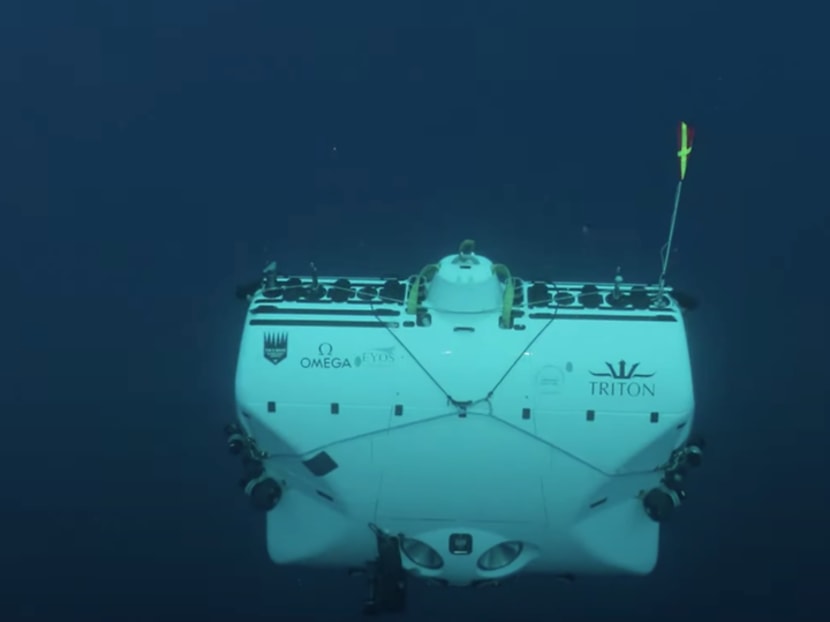
The venture took about 12 hours to complete. (Image: Verola Media/Caladan Oceanic)
BANGKOK: When Dr Deo Florence Onda found himself more than 10,000m below the surface, in the third deepest trench on the planet, he was on the lookout for mysteries hidden in the darkness.
The Emden Deep, part of the Philippine Trench, is one of Earth’s final frontiers, an unexplored section of one of the oldest seabeds in the world. Until just a couple of months ago, no human had ever been there.
The 33-year-old microbial oceanologist from the University of the Philippines Marine Science Institute considers himself “very adventurous” - despite being from the tropics, he completed his doctoral studies on the North Pole. But this was something entirely different.
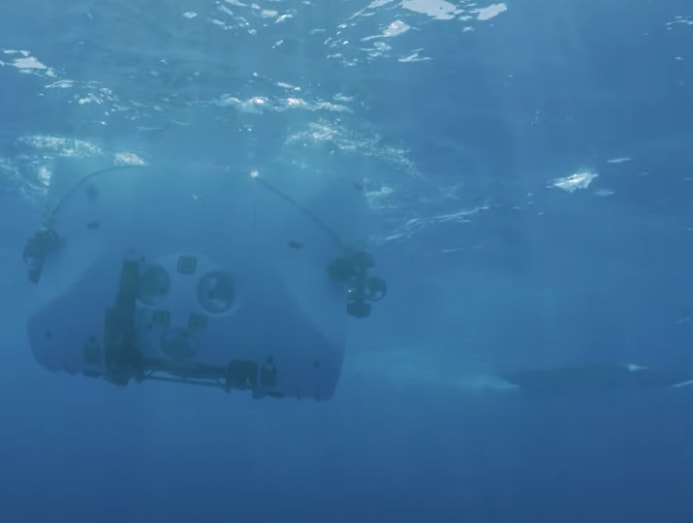
Deep-sea adventures are rare and complex, making them akin to venturing into outer space.
“The feeling itself, no one can prepare for it. You don’t know what to expect. It was really the mental preparation, being in a small submersible without freaking out while you’re diving and saying goodbye to the world,” he recounted.
Over a 12-hour period in March, Onda and American explorer Victor Vescovo from Caladan Oceanic, a private organisation dedicated to advancing undersea technology, descended and explored the trench, hoping for just a glimpse of life below.
“If you look at the Philippine Trench, the first description was in the 1950s and then the more detailed one was in the 1970s. The technology then was not that good yet, or accurate. It was an opportunity for us to see what’s happening down there, which has never been seen before,” Onda said.
READ: Plastic found in deepest ocean animals
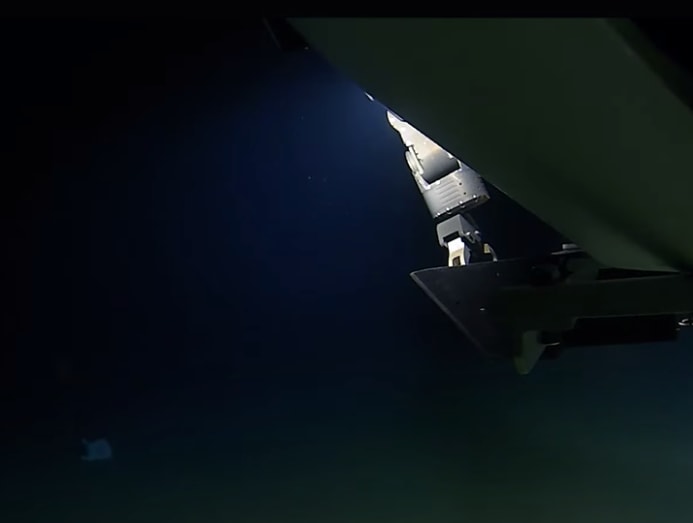
“When we were about to reach the bottom I was expecting to see scary, crawling things sneaking in or peeking into the windows.”
Instead, what greeted them in the depths was something far more familiar - something that had also travelled from above the surface.
“There was one funny scene when we were exploring the area. There was one white material floating around. I was saying ‘Victor, that’s a jellyfish’. We went there and approached and it was just plastic.
“The only unusual thing there was the garbage. There was a lot of garbage in the trench. There were a lot of plastics, a pair of pants, a shirt, a teddy bear, packaging and a lot of plastic bags. Even me, I did not expect that, and I do research on plastics,” he said.
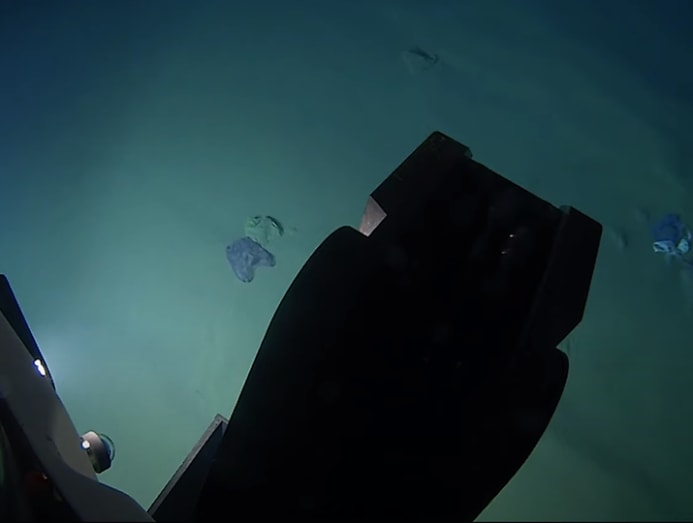
“Seeing it for the first time was a privilege as a human being, representing 106 million Filipinos and billions of people of the world. But being a witness to the extent of pollution, and being a witness to the gravity of the plastics problem from the surface to the bottom of the ocean, is another thing.
“It becomes my responsibility to tell people that their garbage doesn't stay where they put it. It goes somewhere else and it will sink.”
What was originally planned to be a scientific research mission had to be changed to a purely record-setting trip, due to the COVID pandemic and bureaucratic difficulties in securing permission for further deepwater study.
Still, he said this endeavour gave him fascinating insights and a platform to detail the issues facing the deep-sea environment, an area that is difficult to research in the Philippines due to logistics and costs.
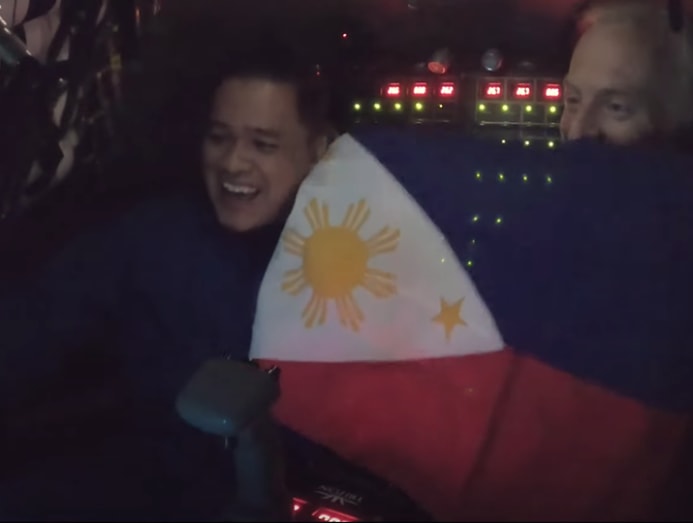
READ: Plastic wasteland - Asia's ocean pollution crisis
Onda’s main research focus is on the life cycle and role of microorganisms, such as phytoplankton, which help produce oxygen and are among the main drivers of energy and biomass build-up in the marine ecosystem.
The discovery of plastic in the trench was shocking for Onda, who is concerned that the transboundary nature of plastic spread in the oceans is having unknown but profound consequences on marine ecosystems, and in effect, on the very foundations of life on the planet.
“Microorganisms are the main drivers of carbon storage, which then drives climate change. When phytoplankton consume carbon, taking carbon dioxide from the atmosphere, they convert it into particulate organic matter that sinks to the bottom of the ocean and gets stored for millions of years,” he said.
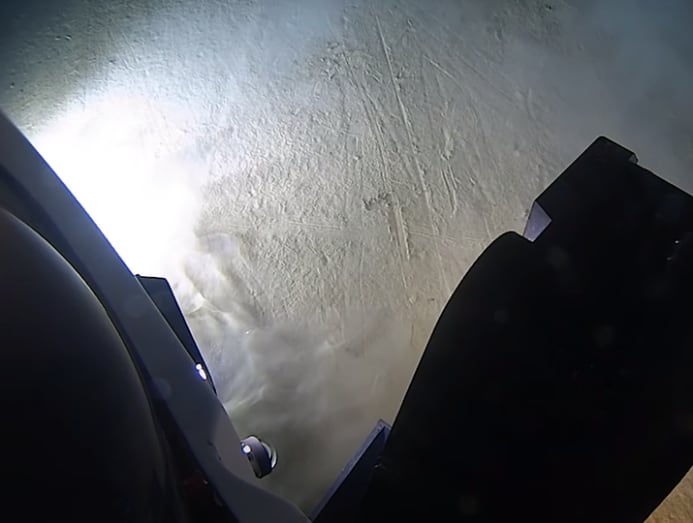
“We actually do not know the extent of biodiversity in these deep-sea environments. We do not know yet the full extent of their roles in terms of biogeochemical processes, how they regulate the weather and the climate. But we are already changing it. I don’t see it stopping soon.”
Studies show that the deeper layers of the ocean are warming at a slower pace than the surface. Yet for wildlife and organisms in these environments, exposure to climate warming may be more severe and pose greater risks.
Meantime, how trash reaches the most remote depths, through various different water densities and great distances, still requires more research. But it is proof that the ocean is a continuum where impacts know no boundaries.

While Onda wishes he could have learnt more from his journey, he admits it was still an unparalleled chance to promote Philippine science and deepen his own understanding of the region.
“As an oceanographer and professor myself, most of the things I teach in the books were made by western scholars. But seeing it myself was like a fairytale ... each and every page of my oceanography book coming into reality,” he said.
“I was seeing how light dissipates with depth. I was seeing how pressure increases which then decreases temperatures and all of these physics and chemistry and biology of oceanography coming into reality. It was a fantasy for me.”





